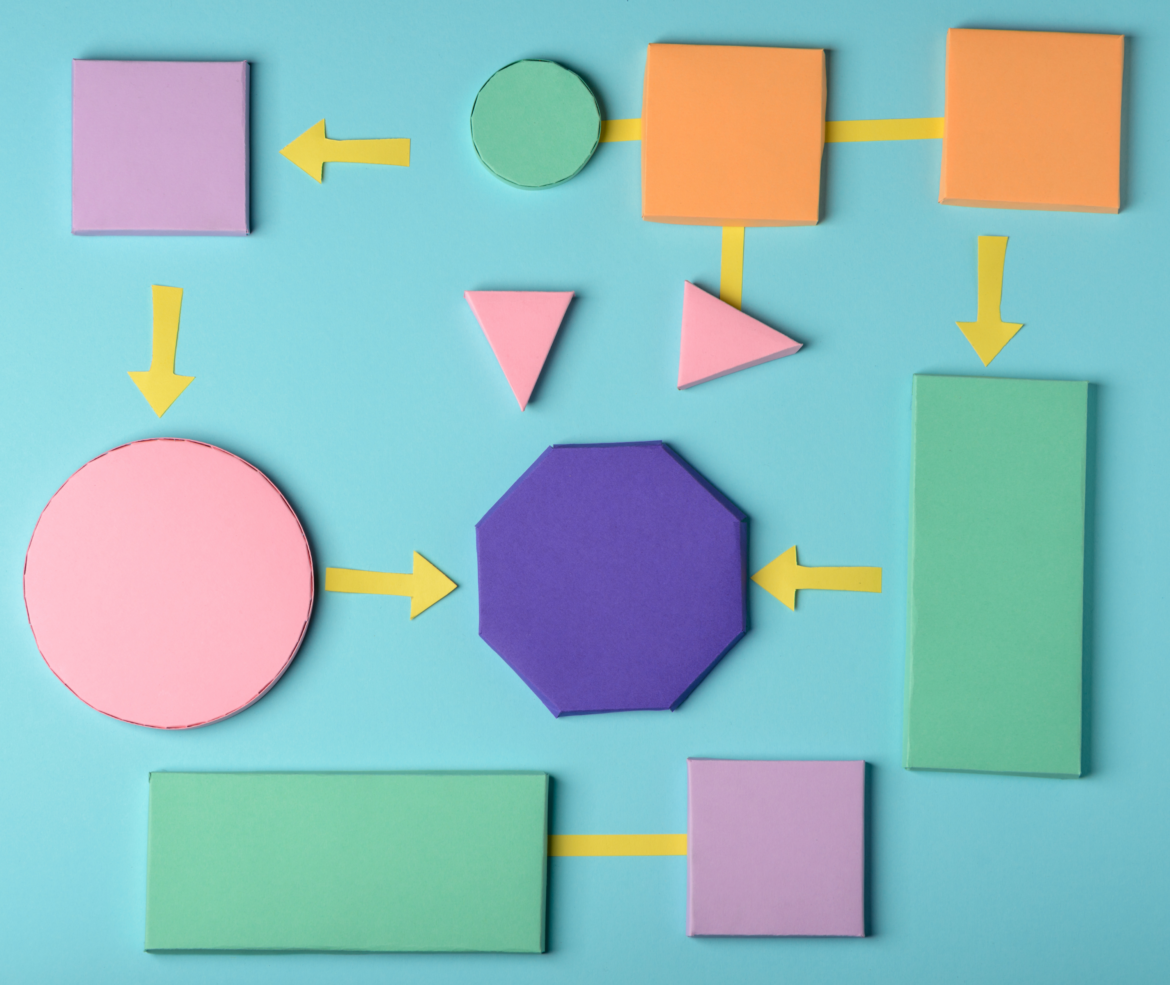Nonlinguistic representation is a very powerful teaching tool. Many teachers use linguistic methods to teach students, like lectures. However, in order for students to understand the information being taught to them, there needs to be a balance between linguistic and nonlinguistic methods.
What Is Nonlinguistic Representation?
Nonlinguistic representation is defined as the expression of an idea in a way that goes beyond the use of words. Ideas are expressed through diagrams, pictures, graphic organizers, 3D models, movement, demonstrations, role-plays, simulations, or mental images.
What Does the Research Say?

A lot of research has been done on nonlinguistic representation. In a 2009 meta-analysis on instructional strategies, Robert Marzano found that when teachers used nonlinguistic representation, student achievement increased considerably. In fact, nonlinguistic representation is one of the nine instructional strategies that Marzano and co-authors Debra J. Pickering and Jane E Pollock outline in “Classroom Instructional That Works” (2001).
Examples of Nonlinguistic Representation
Nonlinguistic representation involves students processing information through images. As we saw in the definition above, images can refer to not just pictures but also smells, tastes, and even movement. Below are a few examples of using nonlinguistic representation in the classroom.
- Use graphic organizers to represent knowledge. This is one of the most common examples that many teachers use in the classroom. Graphic organizers are great for visualizing understanding.
- Have students generate mental pictures of the knowledge they are learning.
- Allow students to create drawings or infographics to represent knowledge. There are so many benefits to incorporating drawing into your classroom.
- Engage students in kinesthetic activities representing the knowledge they are learning.
- Use charts and graphs.
If you have heard the saying “A picture is worth a thousand words,” then this could be true for many students. This is why the nonlinguistic representation strategy is so important.

